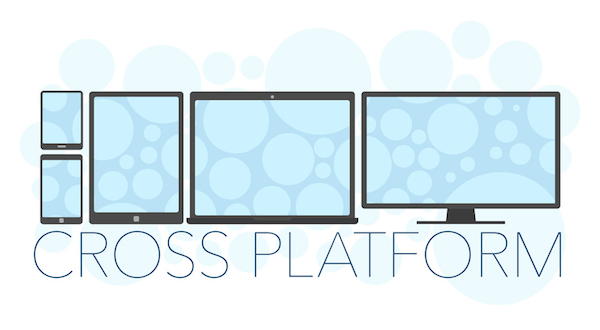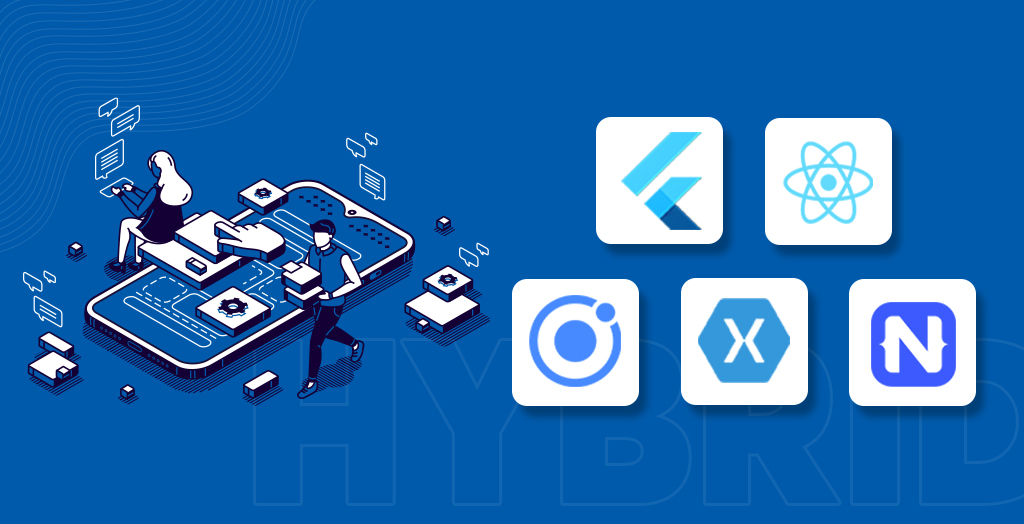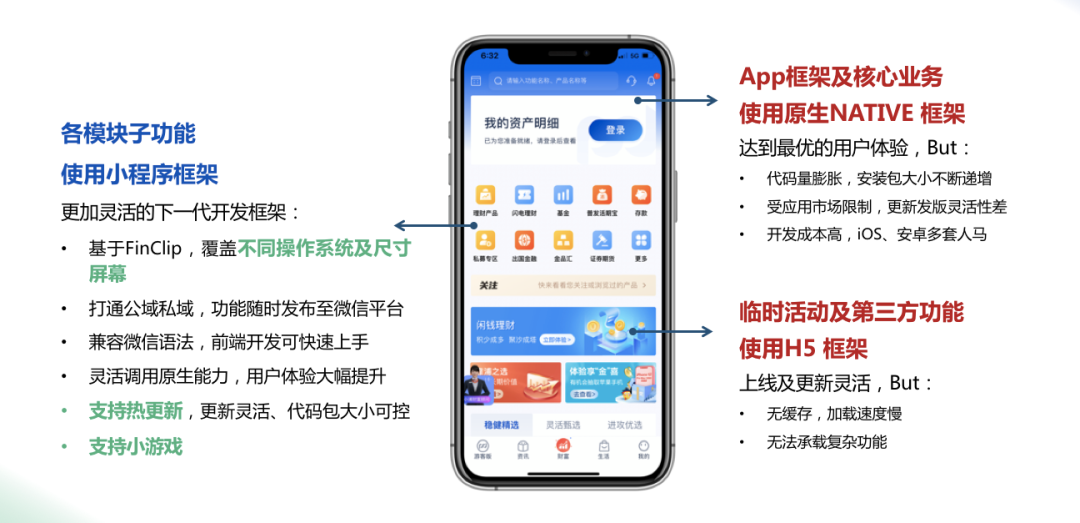As the mobile and desktop app markets continue to grow, developers are always looking for a way to quickly build apps on multiple platforms.
Traditionally, native application development has been seen as the best performance option. A pure native application is usually a platform-dependent GUI program that uses the native development language and GUI framework of a specific operating system.

However, in recent years, cross-platform hybrid applications have emerged, gradually replacing performance-first native applications. This article will delve deeper into this trend and analyze the benefits that cross-platform hybrid apps bring to users and developers.
Let’s assume a scenario: You are a mobile app developer for a start-up and your team plans to build a new social media app. You're faced with a challenge: Your goal is to get your app to market as quickly as possible while ensuring it runs on both iOS and Android platforms to reach a wider user base.
user experience
Native apps excel in performance and user experience, but so do cross-platform hybrid apps. For users, it may not be obvious to them that the application is built on hybrid technologies. In our scenario, the user interface of social media apps still runs smoothly and intuitively, regardless of whether they are using an iOS or Android device.
User experience for cross-platform hybrid applications
The user experience of cross-platform hybrid apps is usually not inferior to that of native apps. Major hybrid app development frameworks such as React Native, Flutter, and Ionic allow developers to use common code libraries and components to ensure that apps have similar appearance and behavior across different platforms. This means users can get a consistent experience across different devices.

Another advantage is that hybrid apps can easily integrate web content. If your app needs to display web pages or embed web functionality, hybrid apps can seamlessly embed web content into the app without the user leaving the app.
With the development of mini programs, the technical architecture of "Native + mini program" has also been derived, that is, the functions of each module in the hybrid application are replaced by mini programs. Since mini programs run in dual threads, they have advantages Based on the experience of H5, most of the applications of Internet giants currently adopt this architecture.
Development experience
For developers, cross-platform hybrid applications provide a faster development cycle. You can build your entire application using a common set of web technologies, such as HTML, CSS, and JavaScript. This means you don't need to write different code for each platform, significantly reducing your workload. In addition, cross-platform development tools and frameworks provide rich developer resources to speed up the application building process.
Development tools and technology frameworks
Here are some popular cross-platform hybrid app development tools and frameworks:

React Native: Developed by Facebook, a React-based framework that allows you to build native applications using JavaScript and React.
Flutter: Developed by Google, using the Dart programming language, it provides rich UI components and fast performance.
Ionic: A framework based on web technology that uses HTML, CSS and JavaScript to build applications that can run on multiple platforms.
Apache Cordova (PhoneGap): Wraps web applications into native applications, allowing development using HTML, CSS and JavaScript.
Xamarin: Using the C# language, allows developers to build native applications that can run on iOS and Android.
FinClip: FinClip is a small program container . Whether it is a mobile app or a computer, TV, car host and other devices, after integrating the Finclip SDK, you can quickly gain the ability to run small programs.
Mini programs have a powerful Web rendering engine, provide rich components, support local caching, avoid DOM leaks, etc., and the mini program technology is also conducive to helping the App achieve "loose coupling". For example, when some business functions of the App use mini programs If the small program is replaced by a program, then this small program can be independently developed, independently deployed, and independently managed by a team or individual, and its life cycle can be independently managed. It can be put on and off the shelves at any time without affecting the main body of the APP, realizing the dynamic and multi-dimensional release of complex APP business.
Moreover, the FinClip framework is comparable to the WeChat applet. The same code can be run on WeChat or in your own App. The effect is the same, which is equivalent to directly moving the already launched WeChat applet to your own app. The App can run. It can even be developed once and run on operating systems including Linux, Windows, MacOS, and Kirin.
Enterprise technology selection
For startups, time and resources are critical. Opting for cross-platform hybrid app development can help you launch your product faster to meet market demand. This approach also helps save development and maintenance costs because you only need to maintain a single code base rather than developing separately for each platform.
However, for some applications that are highly dependent on performance, such as 3D games or highly interactive applications, native development is still an indispensable choice. In this case, you can consider a combination of hybrid and native apps to find a balance between performance and cross-platformness.
The development trend of hybrid applications
The field of hybrid app development continues to grow, attracting more and more developers and businesses. Here are some trends in hybrid app development:
As hybrid application frameworks continue to improve, performance has improved significantly. Some frameworks, such as Flutter, improve application performance by using native compilation and rendering techniques.

Secondly, as mini programs become more mature, more and more companies will choose the technical architecture of "Native + mini program" to develop their own applications. For enterprises, it can reduce costs and increase efficiency, and for users, the level of experience can be improved. No less than native applications.